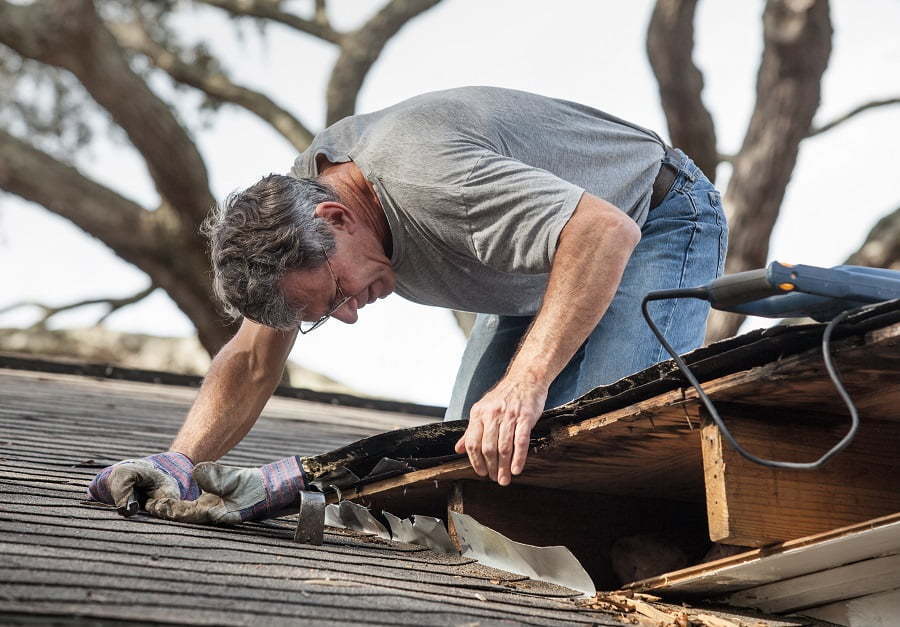Last updated on
Take these six steps to prepare your roof for a cold winter. Read on!
Winter can be a beautiful season, but it also comes down with its own set of challenges. As the temperature drops and snow begins to fall, your roof becomes vulnerable to damage caused by harsh weather conditions.
To avoid expensive repairs and ensure that your home stays safe during the winter months, it’s essential to prepare your roof for cold weather challenges. And here’s how you can do that!
Hire a Professional Roofing Contractor

When preparing your roof for winter, one of the most important steps is to hire a professional roofing contractor. Trying to handle this task on your own can be dangerous and potentially cause further damage to your roof.
A professional will have the necessary experience, knowledge, and equipment needed to get the job done right. According to this source: https://aspsuperhome.com/metal-roofing-services-in-miami/ any roofing contractor will start by performing a thorough inspection of your roof to check for any damage or wear and tear that may need attention before winter arrives. They’ll also advise you on what materials would be best suited for protecting your home against harsh weather conditions.
By hiring a professional roofer with years of experience in the industry, you can rest assured that they will complete all work correctly, safely, and skillfully. You won’t need to worry about making costly mistakes or putting yourself in harm’s way as they know exactly how to prepare roofs for cold temperatures.
Winterize Your Roof
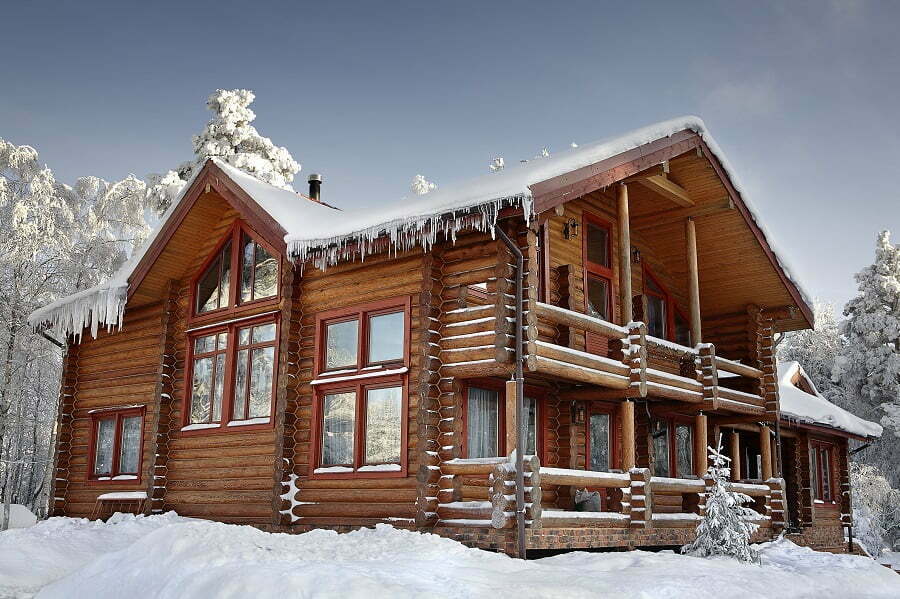
Neglecting this step can lead to costly repairs and even more severe damage. Here are a few tips on how to winterize your roof:
- Inspect your roof thoroughly before winter arrives.
- Check for any signs of damage or leaks that could worsen during the colder months.
- Address these issues immediately by hiring a professional roofing contractor.
- Make sure that all gutters and downspouts are cleaned out properly so snowmelt can flow freely away from your home’s foundation.
- Ensure that there is proper insulation in place to prevent warm air from escaping through the attic, which can cause ice dams to form on the roof.
- Trim trees around the property as heavy snowfall or high winds may cause branches to fall onto your home’s rooftop causing significant damage.
- Consider installing heating cables along the edge of your roof where ice dams tend to build up.
Remove Snow and Ice

Winter weather can bring a lot of snow and ice, which can cause damage to your roof if it’s not removed properly. The weight of accumulated snow and ice can put stress on your roof, causing leaks or even collapse in extreme cases.
To prevent this from happening, regularly remove any snow and ice buildup on your roof. However, this task should only be done by professionals who have the proper equipment and training to do so safely.
When removing snow from your roof, use tools that won’t damage shingles or gutters. A plastic shovel is recommended instead of a metal one. And never use salt or other chemicals to melt the ice as they may harm the roofing materials.
Remember that removing excess snow and ice is an essential part of winterizing your home’s roof. Don’t wait until there’s already significant damage before taking action — always prioritize proactive maintenance for optimal safety during cold weather challenges.
Make Sure You Have Proper Ventilation
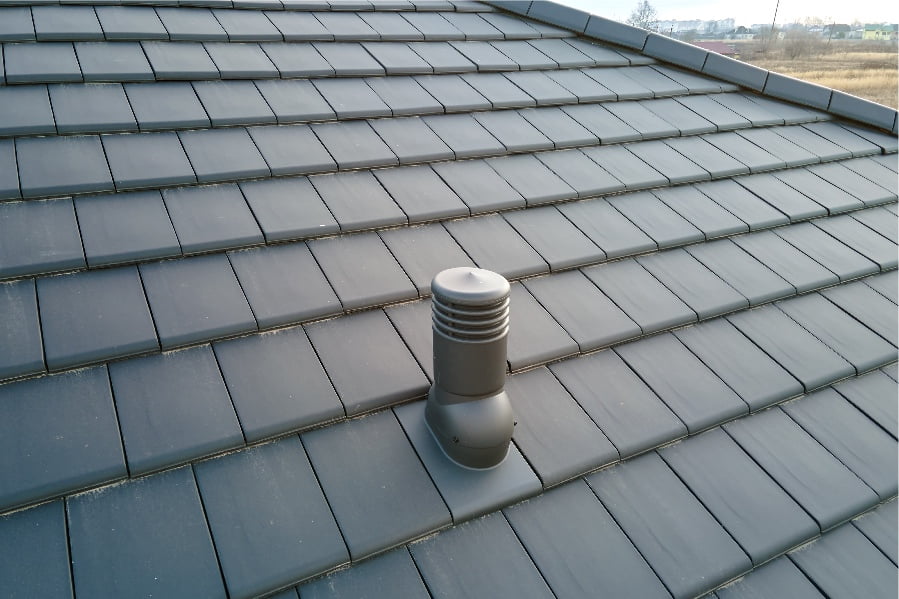
Proper ventilation is crucial for your home during the winter months. It not only helps to prevent moisture buildup, but it also ensures that your heating system works efficiently. Without proper ventilation, you may encounter problems like ice dams or condensation on your roof. Here are some ways to prevent this from happening:
- Install vents in your roofing system. These vents allow air to circulate and regulate temperature throughout the attic space, which improves energy efficiency and reduces humidity levels.
- Check and maintain existing vents regularly. Make sure they are free from debris or any other blockages that could obstruct airflow.
- Look out for leaks around these areas as they can lead to water damage or mold growth if left unchecked.
Check for Signs of Roof Damage
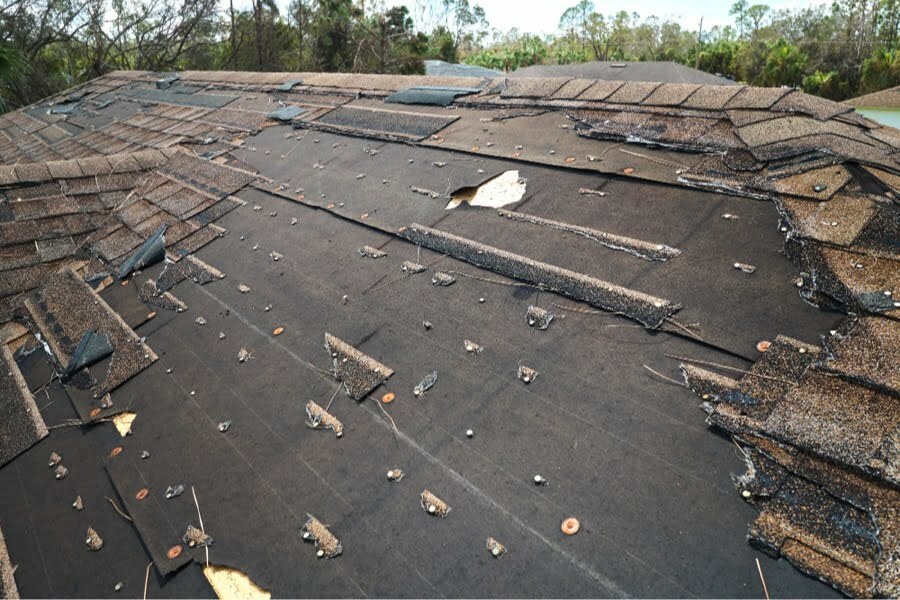
Before the onset of winter, you must inspect your roof thoroughly and identify any potential issues that could lead to bigger problems during the cold season. Here’s how to do this:
- Check for missing or cracked shingles and damaged flashing around vents and chimneys.
- Look out for signs of rust on metal roofing materials or rotting wood on wooden roofs.
- Make sure gutters are clean and clear of debris.
- Check for any signs of moisture or mold growth.
Fix Potential Issues
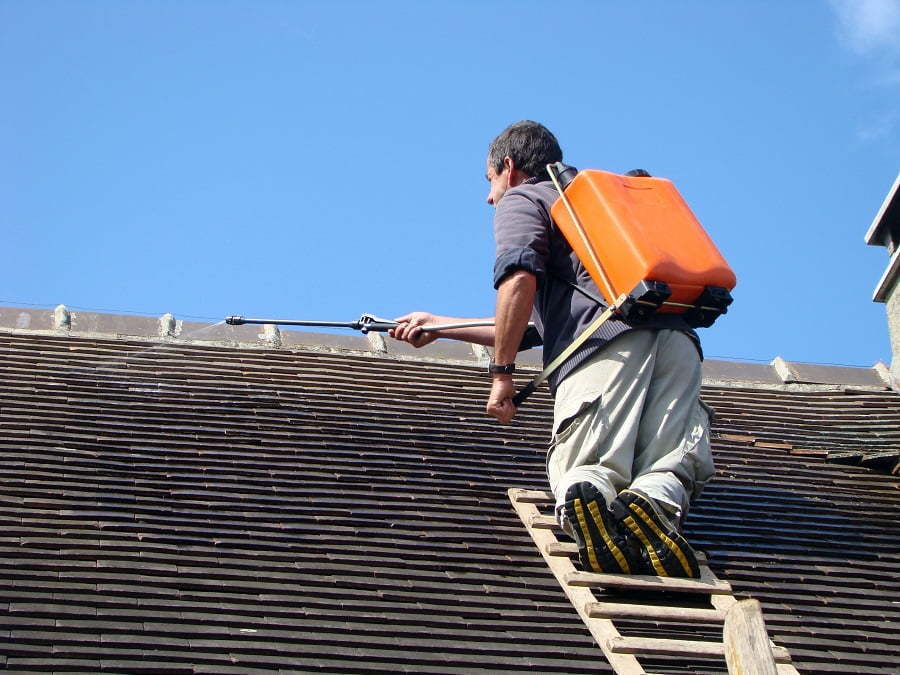
Before the harsh winter months arrive, it’s important to inspect your roof for any potential issues that could become problematic. Look out for cracked or damaged shingles, loose flashing, and clogged gutters. These issues can lead to water damage and leaks during the winter season.
If you notice any of these problems, it’s best to address them as soon as possible by contacting a professional roofing contractor. They will be able to assess the issue and recommend the best course of action.
Even look for poor insulation, as it can cause heat loss which can lead to ice dams forming on your roof. This not only damages your roof but also creates a safety hazard when the ice starts falling off.
Preparing your roof for winter is essential to ensure it stays in good condition and functions at its best during the colder months. Remember that prevention is always better than cure.
Taking steps to prepare your roof ahead of time will save you money on repairs and maintenance in the long run. With these six tips, you can protect your home from harsh weather conditions while keeping yourself warm and comfortable throughout the cold season.
Related reading:
Table of Contents



